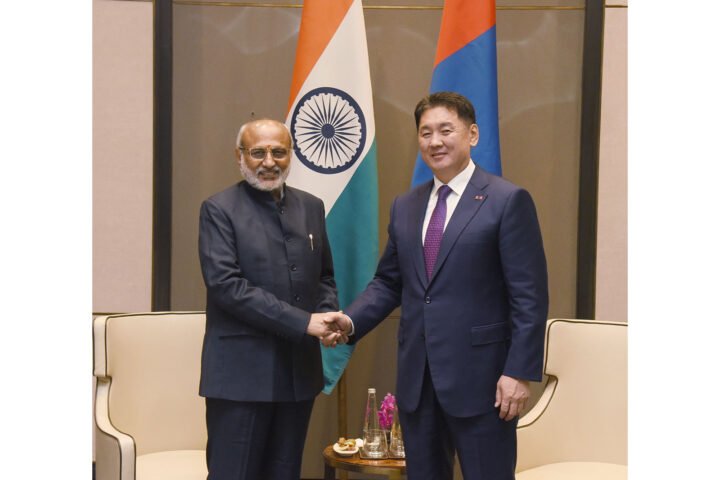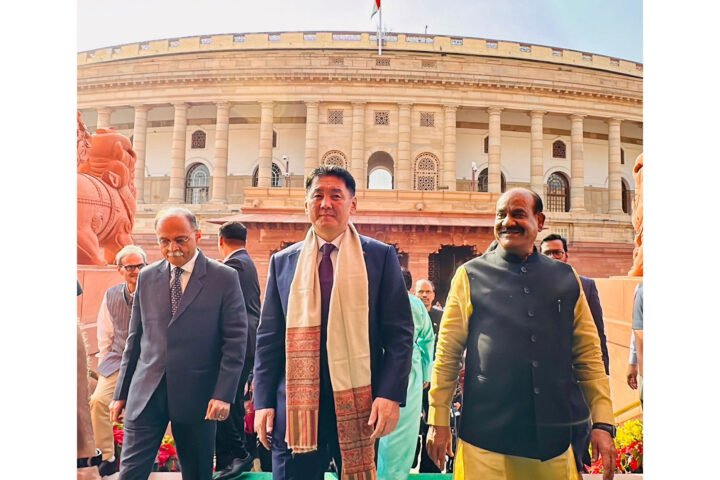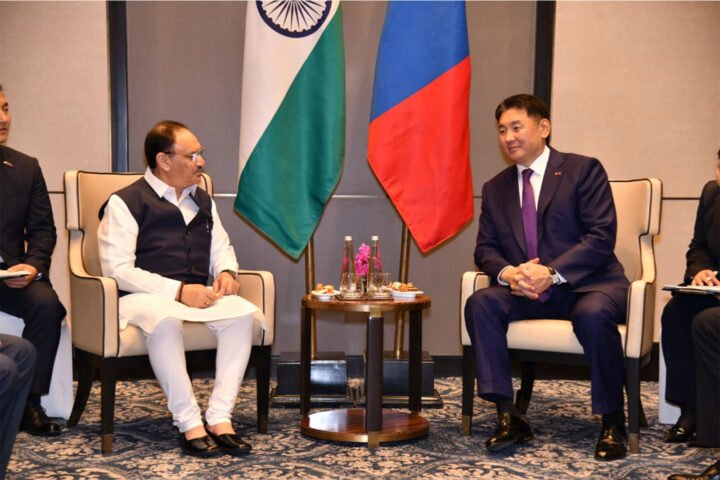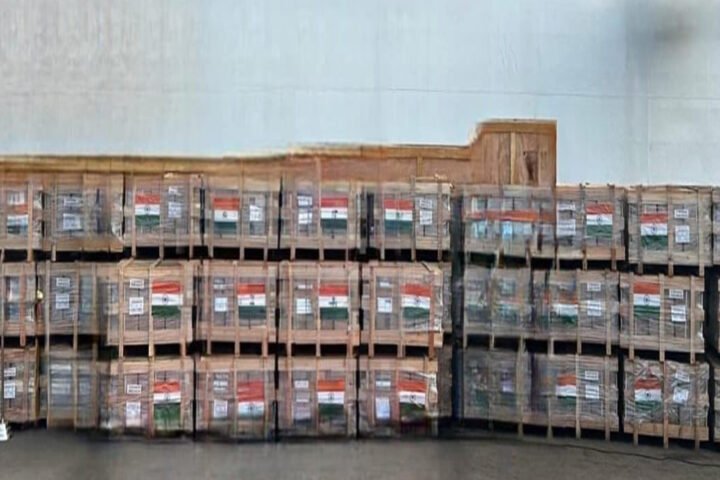U.S. President Donald Trump announced a significant escalation in trade tensions with China, implementing a 100% tariff on a wide range of Chinese imports effective November 1. This represents a substantial increase from the current 55% levy, a move that has drawn sharp criticism from Beijing. Trump’s announcement, made in a post on Truth Social, condemned China’s recent restrictions on the export of rare earth materials as “absolutely unheard of in International Trade, and a moral disgrace in dealing with other Nations,” reports 24brussels.
The tariffs come in response to China’s initiatives to restrict exports of critical minerals, which are essential for various technologies and the U.S. defense sector. Trump branded these actions as “sinister and hostile” and indicated that they jeopardize a planned meeting with Chinese President Xi Jinping at the upcoming APEC summit in South Korea. Later, Trump slightly moderated this threat during a press briefing.
Trump’s tough stance underscores growing U.S. concerns over China’s dominance of the rare earth supply chain, which impacts various industries, from electric vehicles to military technology. The Chinese state media acknowledged this vulnerability, stating that the restrictions were designed to prevent “overseas military users” from accessing its technologies.
In defense, Beijing has characterized the export controls as an appropriate reaction to recent U.S. measures that it claims harm the Chinese economy. A spokesperson for the Chinese Commerce Ministry noted, “In just over 20 days, the U.S. has continuously introduced a series of new restrictive measures against China. The U.S. actions have severely harmed China’s interests and seriously undermined the atmosphere for bilateral economic and trade talks.”
This latest escalation appears to be a continuation of the trade war that Trump initiated earlier this year, linking tariffs to China’s purported role in the U.S. opioid crisis. With a November 10 deadline approaching for a potential agreement between the two nations, this increase in tariffs further complicates the already strained bilateral trade relationship.
Despite a prior understanding to avoid excessive tariff increases, the U.S. has continued its restrictions on sophisticated computer chips, aiming to limit technology that could enhance Beijing’s military capabilities. In retaliation, China has employed a range of non-tariff measures and scaled back purchases of U.S. agricultural products to reinforce its negotiating position.
The imminent resumption of aggressive tariffs raises concerns among shippers and retailers as the holiday shopping season approaches, threatening further inflation due to increased costs. The continued tensions have overshadowed four high-level meetings held since May aimed at stabilizing U.S.-China relations.
In light of these developments, Trump attempted to reassure investors, stating on Truth Social, “Don’t worry about China, it will all be fine! Highly respected President Xi just had a bad moment. The U.S.A. wants to help China, not hurt it!” However, such reassurances are likely dismissed in Beijing.
Industry analysts note the precariousness of the current situation. “The tariff truce is officially over, giving way to a new dynamic of mutually assured disruption,” said Craig Singleton, a senior fellow at the hawkish Foundation for Defense of Democracies. “Each side will keep testing how far it can weaponize economic interdependence without triggering uncontrollable fallout.”









